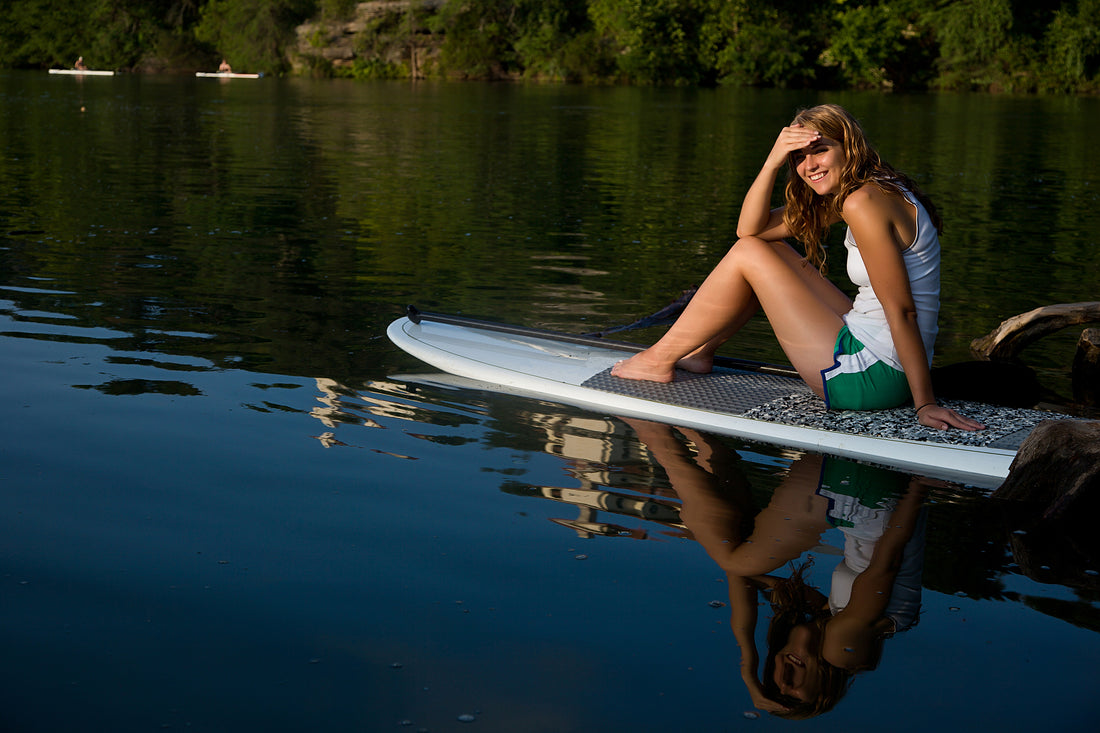Introduction:
Two popular water activities that often attract outdoor enthusiasts are paddleboarding and kayaking. While both involve paddling on the water, there are distinct differences between the two. In this article, we will delve into the unique characteristics of paddleboarding and kayaking, helping you understand which might be the perfect fit for your next aquatic adventure.
Paragraph 1:
**Paddleboarding - A Balancing Act:**
Paddleboarding, also known as SUP (Stand-Up Paddleboarding), is a water activity that involves standing on a large board and propelling oneself forward with a single-bladed paddle. The primary distinction lies in the stance – paddlers stand upright on the board. This provides a unique perspective, allowing for a clear view of the surrounding water. Paddleboarding is often praised for its simplicity, making it accessible to beginners seeking a leisurely ride on calm waters.
Paragraph 2:
**Kayaking - Sealed in the Cockpit:**
In contrast, kayaking involves sitting inside a closed cockpit on a narrow, boat-like vessel. Paddlers use a double-bladed paddle to navigate through the water. The enclosed cockpit offers a sense of security and protection, making kayaking an ideal choice for those looking to tackle more challenging conditions, such as rough seas or fast-flowing rivers. The seating position also provides a lower center of gravity, enhancing stability in turbulent waters.
Paragraph 3:
**Paddle Types:**
One of the fundamental differences between paddleboarding and kayaking is the design of the paddle. In paddleboarding, a long, single-bladed paddle is used. Paddleboarders switch sides with each stroke, making it a rhythmic and straightforward motion. On the other hand, kayakers employ a double-bladed paddle, allowing for more efficient strokes on both sides. The paddle design is tailored to the specific needs and mechanics of each water activity.
Paragraph 4:
**Standing vs. Sitting:**
The most noticeable contrast between the two activities is the stance of the paddler. Paddleboarders enjoy a standing position, providing an excellent view of the water beneath them and the scenery around. This elevated perspective is perfect for leisurely exploration and observing marine life. Kayakers, seated in the cockpit, benefit from a lower profile, offering better wind resistance and stability in rough waters.
Paragraph 5:
**Versatility and Activities:**
Both paddleboarding and kayaking offer versatile experiences suitable for various activities. Paddleboarding is often associated with a relaxed pace, perfect for yoga sessions, fishing, or simply enjoying a serene paddle on a calm lake. Kayaking, with its enclosed design, is favored for more adventurous pursuits such as whitewater rafting, sea kayaking, and exploring narrow waterways.
Paragraph 6:
**Skill Level and Learning Curve:**
The learning curves for paddleboarding and kayaking differ, influencing the ease with which newcomers can pick up each activity. Paddleboarding tends to be more accessible for beginners, as standing on the board and paddling are relatively intuitive. Kayaking, with its enclosed cockpit and double-bladed paddle, may require some initial practice for balance and coordination.
Conclusion:
In the realm of water sports, paddleboarding and kayaking offer distinct experiences, catering to a variety of preferences and skill levels. Paddleboarding provides a unique, stand-up perspective, ideal for leisurely exploration, while kayaking, with its enclosed cockpit, is designed for more adventurous pursuits. Ultimately, the choice between the two depends on your personal preferences, the type of water adventure you seek, and your desired level of challenge. Whether you're gliding atop the water on a paddleboard or navigating through rapids in a kayak, both activities promise an exhilarating connection with the aquatic world.

